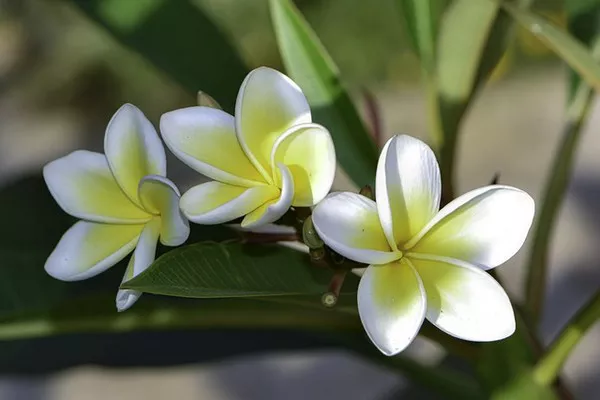In the intricate dance of nature, few creatures captivate our imagination quite like the hummingbird. These agile avians, known for their vibrant plumage and extraordinary aerial feats, share a symbiotic relationship with certain flowers. But what exactly constitutes a hummingbird’s favorite flower? In this exploration, we delve into the fascinating world of these winged wonders and uncover the botanical treasures that capture their attention.
Understanding the Hummingbird’s Unique Traits
Before we embark on our journey to unveil the preferred blossoms of hummingbirds, it’s essential to understand the distinctive characteristics that define these birds. Hummingbirds are renowned for their remarkable agility, hovering capabilities, and their need for a high-energy diet. Unlike other birds, hummingbirds have a rapid metabolism that demands a consistent intake of nectar – the primary source of their energy.
Hummingbirds also possess an uncanny ability to see colors within the ultraviolet spectrum, allowing them to perceive an extensive range of hues that are invisible to the human eye. This unique vision plays a crucial role in their foraging habits, steering them toward flowers that not only provide nectar but also display vibrant colors and patterns.
Preferred Colors: A Kaleidoscope of Choices
While it’s a common belief that hummingbirds are drawn exclusively to red flowers, their favorite blossoms actually span a spectrum of colors. These avian pollinators exhibit a strong attraction to shades of red, pink, orange, and purple. The reasoning behind this preference lies in the fact that these colors are easily distinguishable to hummingbirds, making them stand out amidst the surrounding greenery.
Red, in particular, holds a special allure for hummingbirds. The majority of red flowers possess a high concentration of sucrose, a type of sugar that provides the quick energy boost these birds require. Consequently, flowers such as bee balm, salvia, and trumpet vine, with their radiant red hues, are often counted among the top favorites of hummingbirds.
Shape Matters: Tubular Wonders
In addition to color, the shape of a flower plays a pivotal role in attracting hummingbirds. The majority of hummingbird-pollinated flowers share a common trait – they are tubular in shape. This design is perfectly suited to the hummingbird’s long, specialized bill, allowing them to extract nectar with precision.
Tubular flowers offer a convenient reservoir of nectar at the base, ensuring that the hummingbird can access the sweet reward with ease. Notable examples of tubular flowers that hummingbirds find irresistible include the fuchsia, columbine, and coral honeysuckle. These flowers have evolved alongside hummingbirds, forming a mutually beneficial relationship that aids both the plant’s pollination and the bird’s sustenance.
Symbiotic Relationships: Coevolution in Action
The relationship between hummingbirds and their favorite flowers exemplifies the concept of coevolution. Over millions of years, these birds and plants have developed a reciprocal dependence that benefits both parties. As hummingbirds feed on nectar, they inadvertently transfer pollen from one bloom to another, facilitating the plants’ reproductive processes.
Certain flowers have evolved specific adaptations to cater to hummingbirds. For instance, some flowers bloom precisely when hummingbirds are migrating through their region, ensuring a timely supply of nectar. This synchronization is a testament to the intricate dance of nature, where each partner – bird and blossom – relies on the other for survival.
Geographic Variations: Tailoring Preferences to Regions
While certain flowers consistently rank as favorites among hummingbirds, it’s crucial to acknowledge the geographic variations in their preferences. Different species of hummingbirds inhabit diverse regions, each with its unique flora. Consequently, the preferred flowers of a Ruby-throated Hummingbird in the eastern United States may differ from those favored by a Anna’s Hummingbird on the West Coast.
Local climate and ecological conditions also play a role in shaping the hummingbird’s palate. In arid regions, for example, hummingbirds may be drawn to flowers that not only provide nectar but also retain moisture, aiding the bird in staying hydrated.
Conclusion:
In unraveling the mystery of the hummingbird’s favorite flowers, we gain insights not only into the natural world’s intricacies but also into the delicate balance that sustains ecosystems. The dance between hummingbirds and their preferred blooms is a testament to the interconnectedness of all living beings.
By cultivating gardens rich in tubular, vibrant flowers, we can contribute to the well-being of these enchanting creatures. As we marvel at the iridescence of a hummingbird in flight, let us also appreciate the floral wonders that have evolved alongside them, creating a harmonious tapestry of life in the vast canvas of nature.


